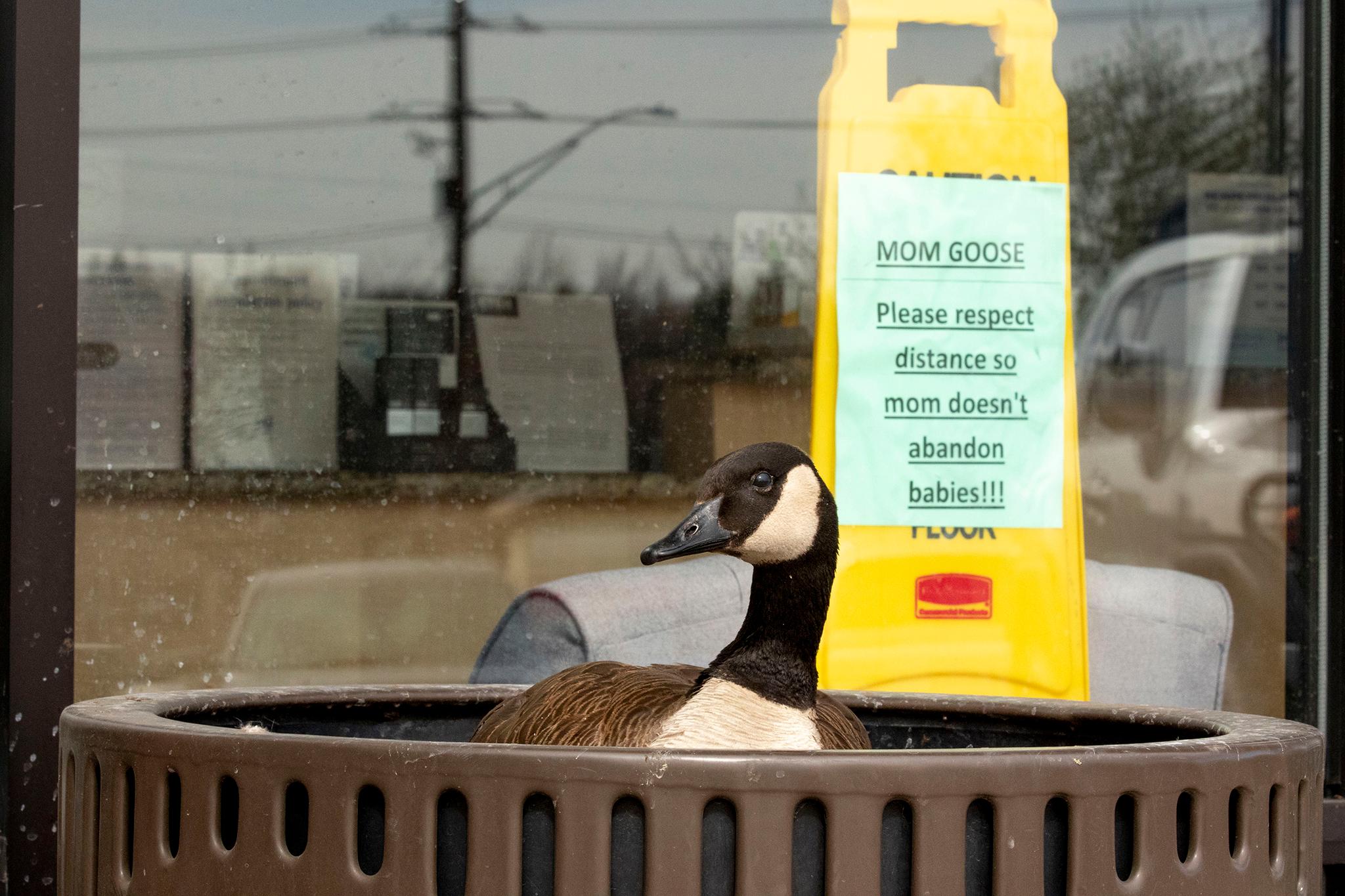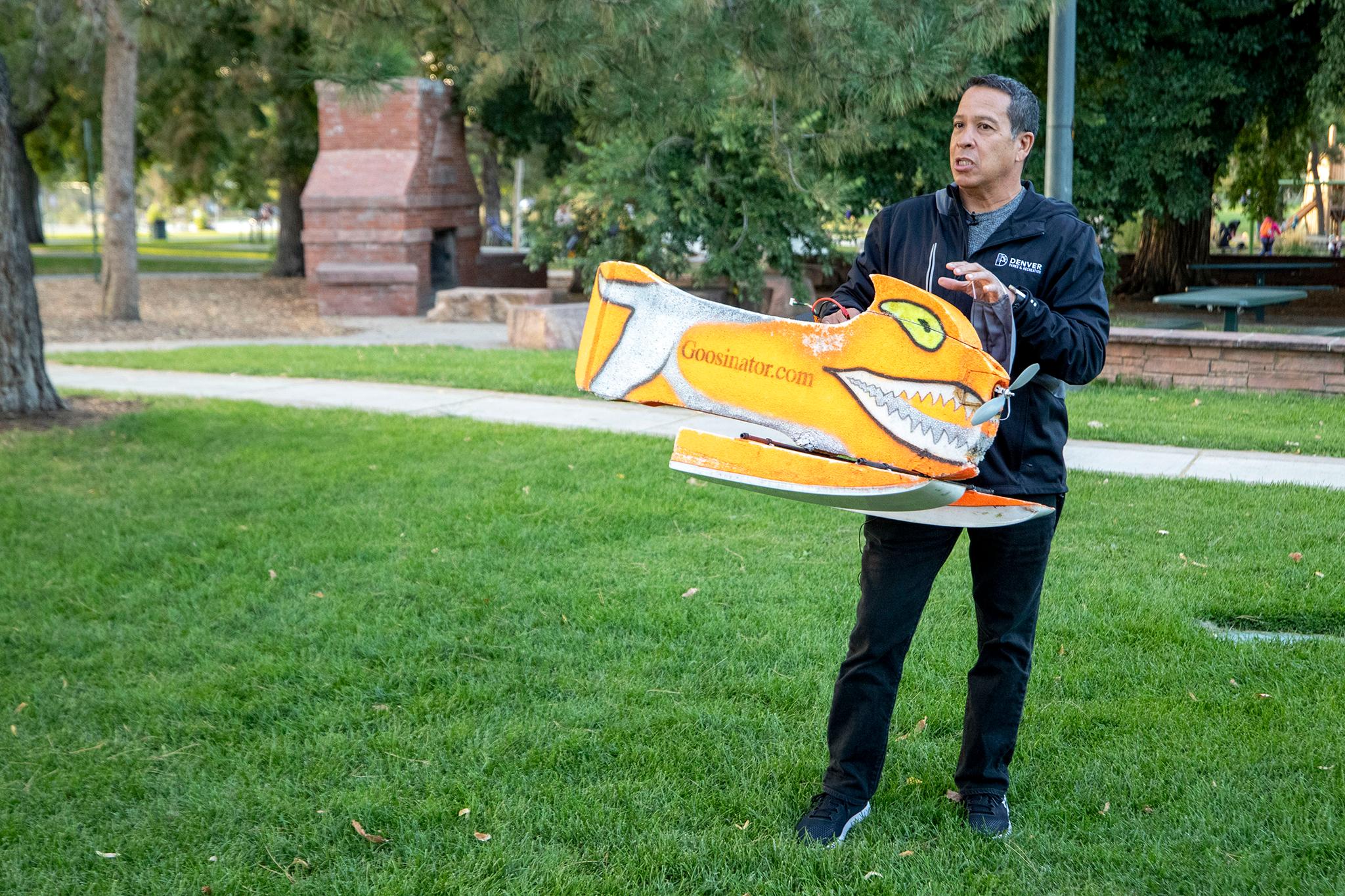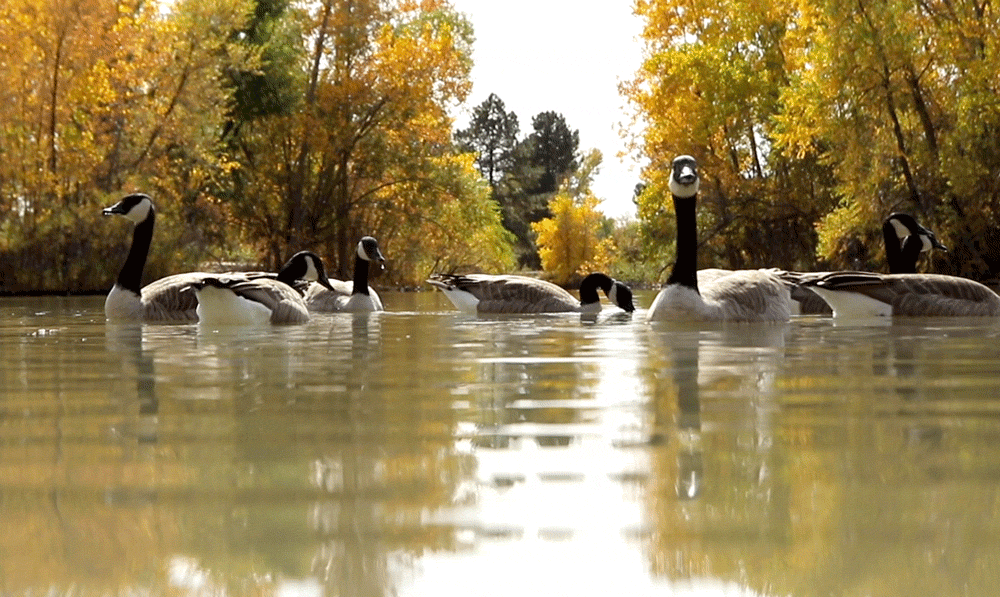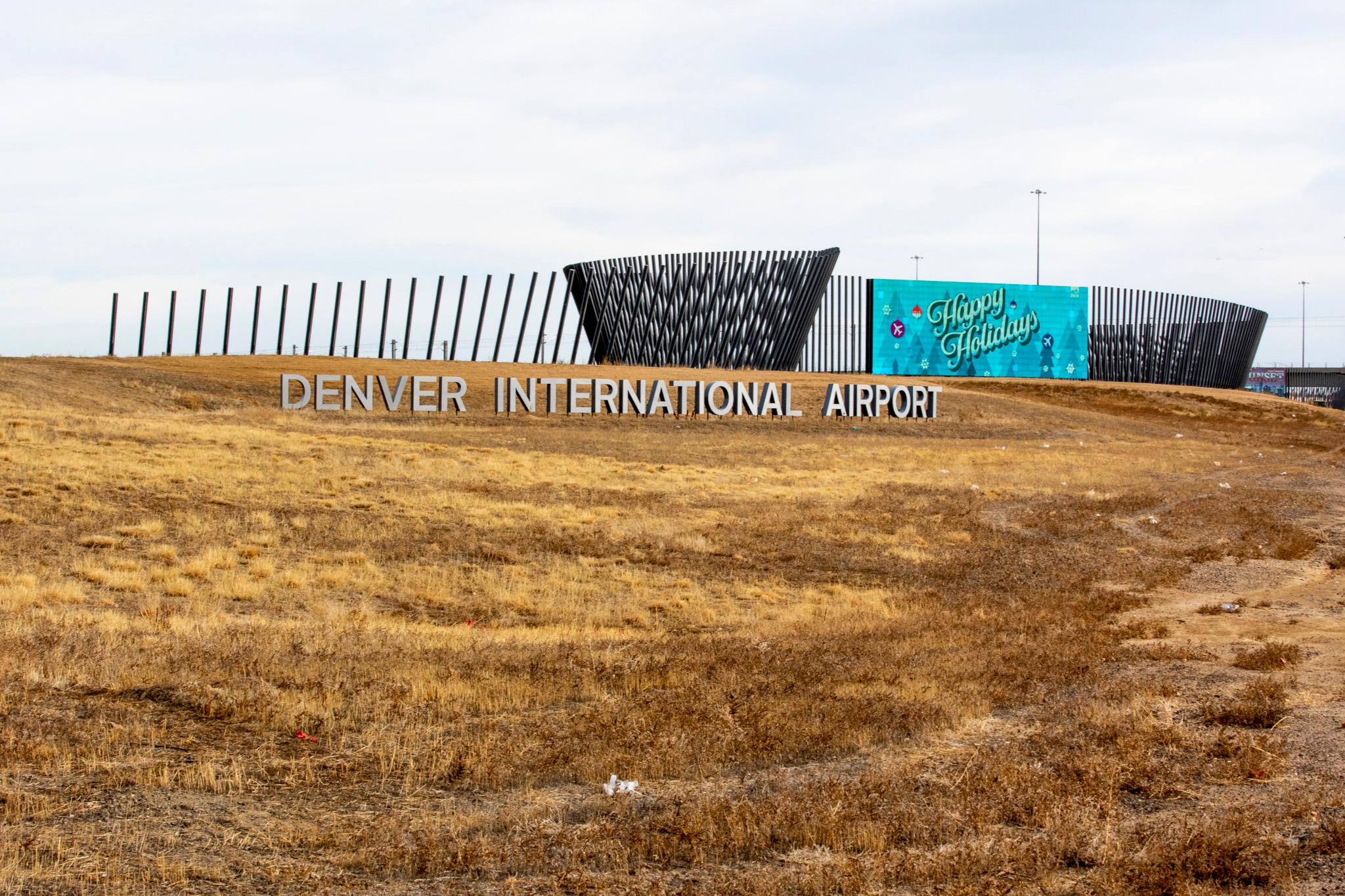Geese. They roam Denver parks, defecate where they like and they may get a bit aggressive sometimes.
Typical animal behavior but for some in Denver the mention of geese brings out a visceral reaction entwined with expletives and dripped in detest.
So, it made me wonder, why do folks hate geese? Curiosity and a recent reader question asking for an update on the number of Canada geese in the city, along with any information on culling and oiling plans has prompted this story. Geese haters, and maybe lovers, be advised.
Let's start with a bit of history.
Canada geese weren't always waddling nonchalantly in Denver. They would travel here for the winter and return north to breed. That was around the early 1900s. But in the mid 1900s, some geese decided to stay the summer, according to Garth Spellman, an ornithologist with the Denver Museum of Nature and Science.

Spellman said according to the museum database in their collection from Rocky Mountain Arsenal National Wildlife Refuge, the first summer goose was documented in July 1949.
"That shows you when they first decided, 'oh, let me see if I can survive here for the summer," Spellman said.
The next one was documented in 1951 and the earliest record of a breeding goose being in the city was in 1976.
But why did they decide to stay? Development.
"We didn't have resident geese in Denver. They didn't spend the year here until we cultivated the environment to the point where we made it attractive to that population," Spellman said. "That came with the expansion of lawns and parks and adding water to the Denver environment. Before the city was here, there was just the Platte River and a small corridor of greenery around it, otherwise it was high plains... We essentially cultivated an environment that's favorable to Canada geese. That's the reason why those populations became established here."
With great parks, come great responsibilities, right?

Spellman said once geese realized the environment was habitable, they set up shop for the long run, becoming Denver's resident goose population. In the winter, folks see both resident geese and migratory geese. The geese who remain here during the summer are considered resident geese.
The problem is since geese aren't native to the area, they don't have any native predators. Nature typically balances itself out when humans aren't involved but with no predators, geese are literally carefree and with that freedom, they populate.
"They are very good at reproducing," Spellman said. "Unless they are exposed to natural predators, their populations will continue to grow until they've exhausted food resources and of course we provide lots of food for them. So, then it becomes a question of what do you think the environment can sustain?"
The overpopulation of geese can lead to poor water quality, park turf destruction and an increase in zoonotic diseases, which are infections passed between humans and animals like avian flu.
"The issue is there's no natural population control in the environment they are in now... so in this case humans become the only mechanism for population control," Spellman said.

In 2019, the resident and migratory geese population peaked at 95,150, so to control the population Denver Parks and Recreation enlisted the help of the United States Department of Agriculture's Wildlife Services division and culling efforts began.
Some were pleased and others were not but that year and the following year, Wildlife Services removed about 2,700 geese from parks across Denver with most coming from Sloan's Lake. Some of the geese were used to feed hungry families in the city.
Since then the Canada geese population has been manageable and no further cullings have been necessary, said Vicki Vargas-Madrid, DPR's Wildlife Program Administrator.
Vargas-Madrid said DPR is now focused on using non-lethal methods to maintain the lowered population including hazing and egg oiling.
Hazing includes using coyote cutouts to make the geese uncomfortable and the "Goosinator" a bright orange contraption with harrowing painted teeth and bright narrow yellow-eyes. It operates like a toy car. You drive it around scaring the geese and it can be used on water.

With oiling, Vargas-Madrid said during the breeding season park staff will find nests and add a thin layer of corn oil to the eggs to prevent them from hatching.
"Nobody likes to cull wildlife but when you have to look at it through a wildlife management perspective, you always have to keep those options," Vargas-Madrid said. "We're not seeing as many diseases in our wildlife population. We are seeing better water quality in our lakes. We're not seeing as much impact to our turf areas in our park system and we're not getting as many complaints from the public about goose activity."
Spellman and Vargas-Madrid can both see why geese may be the bane of some park goers' existence. The defecation is extreme because geese are herbivores and they will attack you.
To avoid wildlife conflict, Vargas-Madrid said Denverites should just leave the geese alone and appreciate them from a distance.

"We really want people to understand the importance of wildlife in our park system...and also try to understand the conflicts that sometimes can take place between wildlife and people," Vargas-Madrid said. "It's really our responsibility as stewards of our parks to behave in a way that allows wildlife to be wild, like not feeding geese and just enjoying their presence."
Spellman said geese tend to be aggressive over the summer to protect their nest but also because geese molt their feathers all at once, leaving them without the option to fly.
"It's flight or fight and most of the time they'll fly but when they can't they will certainly fight," Spellman said. "It's human nature when an animal turns and attacks you...many people are not going to be very fond of that critter. Though they have no teeth and it's not going to hurt if they get you."













